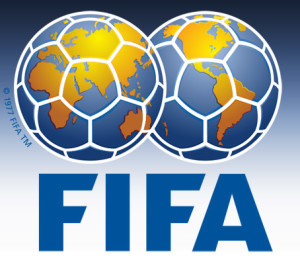 FIFA, the international governing body of the football Americans call soccer, is looking to set a standard in wearable technologies for its 209 member associations.
FIFA, the international governing body of the football Americans call soccer, is looking to set a standard in wearable technologies for its 209 member associations.
They are joined by IFAB, the International Football Association Board. Earlier this year, IFAB decided to allow players to use wearable electronic performance and tracking systems (EPTS) under two conditions: players can use EPTS in a game only if the device has been proven to have medical benefits and if it’s been proven not to be dangerous to players.
As a step toward standardization, the organizations have requested companies who make EPTS systems to disclose their technologies. Companies who want to be in the hunt to provide EPTS to players worldwide will, therefore, have to provide proof that their technologies meet these two requirements.
At present, two of the largest suppliers to player organizations are STATSports and Catapult. Several well-known soccer teams are using STATSports now; among them, FC Barcelona, Manchester United, and Arsenal.
There’s some feeling that the EPTS standards will not be decided overnight. FIFA still has not been able to institute its goal line technology, which is intended as an electronic way of determining whether or not a ball has completely crossed the goal line. IFAB’s conditions for using the technology are that it not interfere with a game and that it support match officials. In its present state, it is not really reliable on the playing field, as any number of YouTube videos will show.
So we can assume that no one company or EPTS is going to capture the world soccer field, at least in the foreseeable future. Still, it’s always good to have a standard, and it’s nice to know that the ethically embattled FIFA is still thinking about the game.